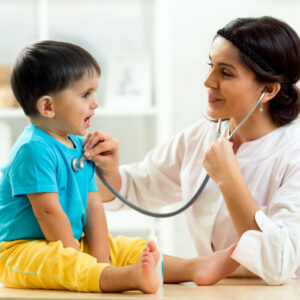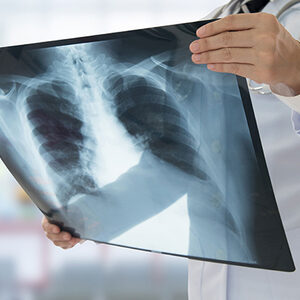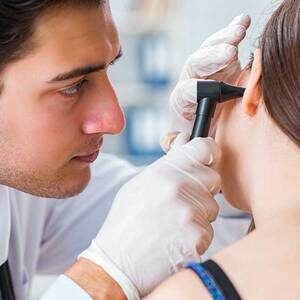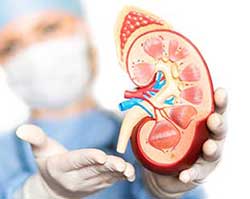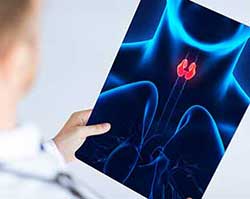Consult City's Top Doctors, The Minute You Need To
First Consultation starting
@ ₹249 ₹499
6990
Orthopedicians
298788
Cases done
by Orthopedicians
1707
Hospitals
Lumbar Spondylosis: All You Need To Know.
About:
It is a degenerative condition of the spine.
In the US, more than 80% of individuals older than 40 years have lumbar spondylosis. [1]
- Affects the discs, vertebral bodies, and associated joints of the lumbar vertebrae
- Leads to osteophytes which are bony overgrowths
- Affects both the sexes
- Affects the young and old
- Requires physical examination, X-ray, MRI, and CT scan
Spondylosis is an age-related change of the bones (vertebrae) and discs of the spine. As the body ages, the discs between the bones of the spine become stiffer and can break down. The bones also wear down and can grow bone spurs. When this condition is in the lower back, it's called lumbar spondylosis. When a patient suffers from lumbar spondylosis, it’s possible that osteophytes (bony overgrowths) are formed.
Symptoms:
Lumbar spondylosis is self-diagnosable. Symptoms include:
- Back pain and stiffness, which feel the worst in the morning.
- Neurologic claudication including lower back pain, leg pain, and numbness when standing and walking.
Treatment:
Self-care:
Pain and stiffness can be treated with ice or heat. Physiotherapy, massage, traction and daily exercises can also be helpful.
Medications:
Over-the-counter medicines, mostly NSAIDS, are widely regarded as an appropriate first step in managing, providing analgesic and anti-inflammatory effects.
Specialists:
For other kinds, consult a physician or an orthopedic. For the above mentioned or any other conditions that concern you, please consult a doctor. At mfine, we have the best team of doctors to help you with different health issues. Contact us to get holistic treatment.
Other Specialities
Give a missed call to 08061914343 to Download the App



